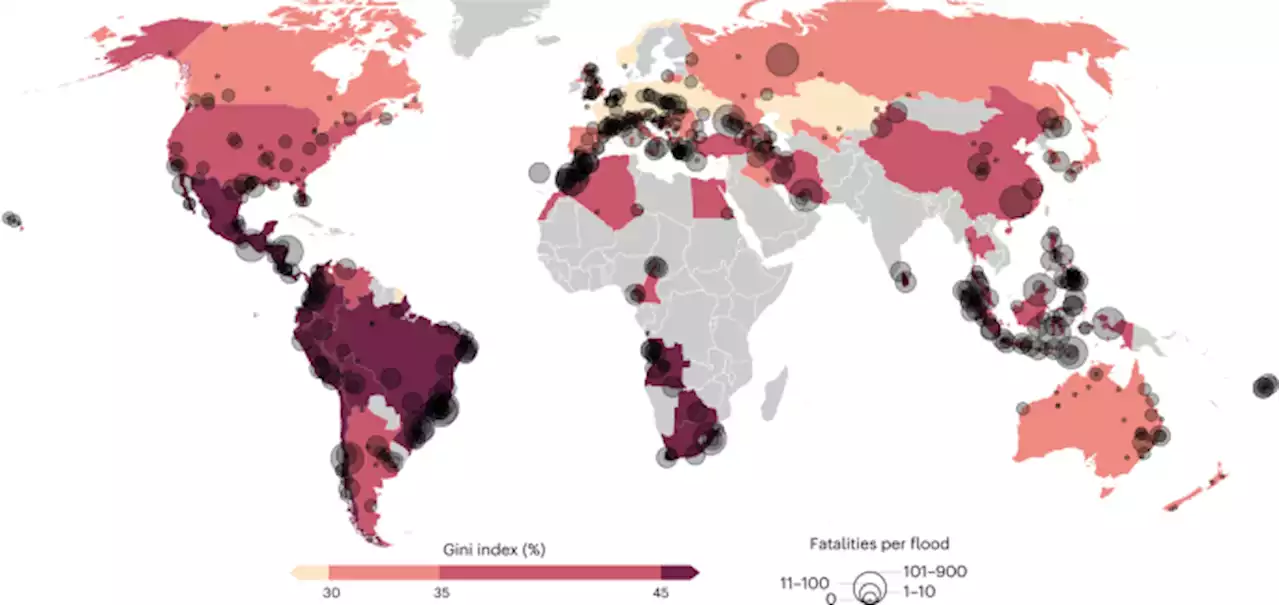Global study reveals diet's role in 70% of new type 2 diabetes cases Diabetes Diet Type2Diabetes DietaryFactors GlobalBurden PublicHealth Nutrition HealthcarePlanning T2DIncidence GlycemicLoad ProcessedMeat WholeGrainIntake NatureMedicine
By Neha MathurApr 19 2023Reviewed by Danielle Ellis, B.Sc. In a recent study published in the journal Nature Medicine, researchers used a novel risk assessment model to estimate absolute and proportional burdens of new type 2 diabetes cases globally among adults in 184 countries, especially direct and body weight-mediated effects of 11 dietary factors, separately and jointly.
The incidence of T2D has only increased globally in the past 40 years and is on the rise continuously; if left unchecked, T2D will deteriorate human health and economic productivity even further, thus exerting immense pressure on healthcare systems worldwide. They made these estimates using dietary data from the Global Dietary Database for adults in 184 countries. The team presented the absolute change in the proportional burden of T2D attributable to suboptimal diet and each risk factor between 1990 and 2018 globally stratified by world region.
The researchers used proportional multiplication to estimate the burden due to a suboptimal diet, assuming that 50% benefit of whole-grain intake is due to substituting it with refined wheat and rice intake. They modeled the effects of refined rice and wheat intake separately but combined this using proportional multiplication.
The researchers noted marked heterogeneity in T2D incidence due to an overall suboptimal diet and individual dietary factors at the country level and worldwide. In addition, they observed an inverse correlation between diet-attributable T2D incidence and age. However, the absolute T2D burden, assessed per million population, was highest at middle age, i.e., between 45 and 60 years, indicating an interplay between variations in dietary habits vs. absolute T2D risk at varying ages.
The diet-attributable T2D incidence was higher in men vs. women, for individuals with higher vs. lower education, and in urban vs. rural settings; however, in high-income countries, Central Asia, and Central and Eastern Europe, its diet-attributable T2D incidence was higher in less educated people. In populous countries, e.g., Poland and Russia, excessive unprocessed red & processed meat and potato intake mainly drove relatively higher T2D burdens.
United Kingdom Latest News, United Kingdom Headlines
Similar News:You can also read news stories similar to this one that we have collected from other news sources.
 The Sims 4 ‘now reaches over 70 million players’, according to EA | VGCElectronic Arts has claimed that The Sims 4 “now reaches more than 70 million players around the world”
The Sims 4 ‘now reaches over 70 million players’, according to EA | VGCElectronic Arts has claimed that The Sims 4 “now reaches more than 70 million players around the world”
Read more »
 Study links poor diet to 14 million cases of type 2 diabetes globallyA research model of dietary intake in 184 countries, developed by researchers at the Friedman School of Nutrition Science and Policy at Tufts University, estimates that poor diet contributed to over 14.1 million cases of type 2 diabetes in 2018, representing over 70% of new diagnoses globally. The analysis, which looked at data from 1990 and 2018, provides valuable insight into which dietary factors are driving type 2 diabetes burden by world region. The study was published April 17 in the journal Nature Medicine.
Study links poor diet to 14 million cases of type 2 diabetes globallyA research model of dietary intake in 184 countries, developed by researchers at the Friedman School of Nutrition Science and Policy at Tufts University, estimates that poor diet contributed to over 14.1 million cases of type 2 diabetes in 2018, representing over 70% of new diagnoses globally. The analysis, which looked at data from 1990 and 2018, provides valuable insight into which dietary factors are driving type 2 diabetes burden by world region. The study was published April 17 in the journal Nature Medicine.
Read more »
 Lucy Letby trial: Nurse accused of murdering seven babies wrote note saying 'I'm evil I did this'Manchester Crown Court was told a number of notes were found by police searching Lucy Letby's home, some of which read 'I killed them because I'm not good enough'
Lucy Letby trial: Nurse accused of murdering seven babies wrote note saying 'I'm evil I did this'Manchester Crown Court was told a number of notes were found by police searching Lucy Letby's home, some of which read 'I killed them because I'm not good enough'
Read more »
Effects of the July 2018 worldwide valsartan recall and shortage on global trends in antihypertensive medication use: a time-series analysis in 83 countriesObjectives This study aims to examine the effects of the July 2018 worldwide valsartan recall and shortage on global trends of antihypertensive medication use in 83 countries. Methods A time-series analysis of monthly purchases of valsartan, other angiotensin II receptor blockers (ARBs) and angiotensin-converting enzyme inhibitors (ACEIs) across 83 countries from January 2017 to July 2020 was conducted using the IQVIA MIDAS database. Trends in outcomes were investigated globally and by economic level (developed vs developing economies). The valsartan recall’s impact on antihypertensive use was assessed with interventional autoregressive integrated moving average modelling. Results Global valsartan utilisation trends decreased significantly by 15.7% (−61 166 515 SU; p|0.0001), while global purchases of other ARBs increased by 44.8% (+958 069 420 SU; p=0.8523) and ACEIs increased by 1.6% (+44 106 747 SU; p=0.1102). Of the 32 developed countries, 20 (62.5%) showed a decline in 1-month percentage change in valsartan purchases, whereas only 10 out of 33 developing countries (30.3%) experienced a decrease in valsartan purchases. Mean 1-month, 3-month and 6-month percentage changes for developed countries were −1.2%, −9.3% and −12.2%, respectively, while the changes for developing countries were 25.0%, 7.3% and −1.2%. Conclusions Global valsartan purchases substantially decreased post-recall, highlighting the far-reaching impacts of drug shortages. Opposing utilisation trends by economic level raise concerns of potential distribution of contaminated medications from developed countries to developing countries. Concerted actions for equitable global access to quality medications and mitigation of drug shortages are needed. All data relevant to the study are included in the article or uploaded as supplementary information. All data presented in this manuscript are contained within the figures and tables in the manuscript, no further data will be shared.
Read more »
 The wider the gap between rich and poor the higher the flood mortality - Nature SustainabilityA global analysis of income inequality and flood disasters in middle- and high-income countries between 1990 and 2018 shows that unequal countries tend to suffer higher flood fatalities.
The wider the gap between rich and poor the higher the flood mortality - Nature SustainabilityA global analysis of income inequality and flood disasters in middle- and high-income countries between 1990 and 2018 shows that unequal countries tend to suffer higher flood fatalities.
Read more »
